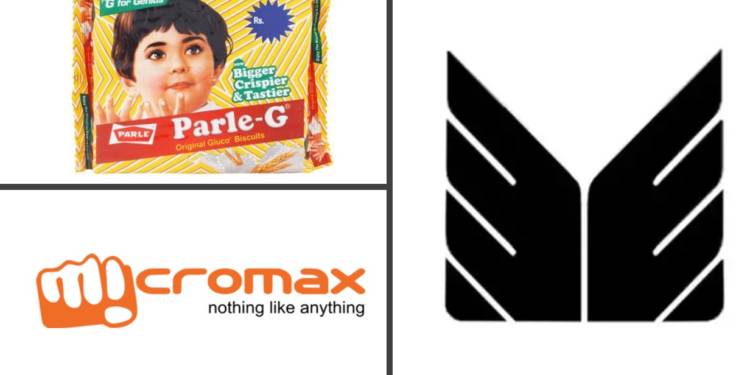Over the last few months, the automobile sector has been facing a serious slowdown. However, a few brands like Kia Seltos, MG Hector and Tata Harrier have superseded the sales estimates. Certain other sectors like Smartphone, decorative paints are performing higher than expectations. Smartphone sales grew at the fastest rate in the last few months.
So, what is the reason behind the exceptional performance of some sectors and specific products amid a general slowdown in ‘consumption’? The answers can be many but one of the sure-shot rationales behind the brilliant performance of the Smartphone market or a few models of cars is- ‘Innovation’.
The Chinese smartphone companies like Xiaomi, Oppo, Vivo, and Oneplus have offered some of the best features to Indian consumers at a competitive price, and this is the reason behind their thriving performance in the Smartphone industry.
Similarly, amid the general slowdown in the automobile sector, there is an exception– the Hector by MG Motor. The UK based SUV manufacturer which entered in India with their new brand- the Hector has sold 3,526 units in a period of just two months. The company has to put a temporary halt at advanced booking as 28,000 units have already been booked.
The trends point towards a behavioural trait- The Indian consumers are ready to spend from their pockets only if they get ‘innovative’ products.
The buying behaviour of Indian consumers changed significantly since the structural changes in the political economy. In the license quota raj, the consumers had limited options and there was a cap on production. But with the liberalization of the economy in the 1990s, the cap on production was removed and the competition was increased.
With the liberalization of foreign investment limits, the entry of MNCs became easy, and Indian consumers had world-class goods and services at their disposal.
The aspirations of Indian consumers increased with the diversification of available goods and services. Earlier, having a car came with social status. Now, no such flamboyance is attached to it and with the availability of ride-sharing, it is no longer essential for travel.
Therefore the consumer will purchase a car only if they like its design, model and have personalized experience, not as essential commodity.
Indian companies are considered risk-averse and therefore lack innovation. The country has a $160 billion Information Technology sector but none of the companies is among top innovators. The American IT companies outsource their ‘mechanical’ work to India while their prime focus is on research & innovation.
Indian executives like Sundar Pichai- Google, Satya Nadella-Microsoft lead some of the most innovative companies of the United States while the Indian companies continue to do ‘mechanical job’.
Piyush Goyal, Minister of Commerce and Industry asked Indian companies to dream big, and take risks to make India $5 trillion economy. “On the export front, we are willing to take bold decisions and steps. The 5 trillion dollar economy cannot be completed unless we once again get back to the 19-20 per cent growth levels. So we are clearly looking at a trillion dollar export in the next five years and its eminently doable, not at all beyond imagination, but you need to dare to accept a large target. Unless you accept the larger goals, we are not going to reach anywhere close to that,” said Goyal.
The Indian companies need to get out of old school supply-driven strategy. The Indian consumer has evolved and the companies need to adopt an innovation-led and demand-driven strategy to compel the consumers to loosen their pocket.


































